Designer Kaj Franck was born in 1911 in Vyborg, Finland. Often referred to as “the conscience of Finnish design” due his commitment to accessible and democratic design, Franck is considered to be one of Finland's most important designers, and is best remembered for his contribution to table and glassware.
Franck graduated with a degree in industrial design at the Central School of Industrial Design in Helsinki in 1932. From 1933, he held many different jobs—a catalogue illustrator for Riihimäki glassworks, an interior designer, decorator for Te-Ma Oy, and textile designer for the United Wool Factory—until he was inducted into the Finnish armed forces in 1939.
Franck’s career is characterized by his simultaneous work produced by two prominent Finnish ceramics and glassware companies: Iittala and Arabia (which both later became part of the Finnish Fiskars Group). Around 1946, Franck began working for Arabia as a product designer. It was the beginning of a long and fruitful collaboration with the ceramics company, staying on until 1976 as Director of Design for Arabia’s glassware subsidiary, Nuutajärvi Notsjo.
In 1952, Franck designed the iconic utilitarian Kilta series, which was released by Arabia a year later. Kilta is Franck’s most well-known collection (that, unlike traditional tableware sets, could be individually selected) and became the most successful stoneware product at Arabia, producing twenty-five million pieces in the first twenty years. The series translates simple geometrical shapes—the circle, square, and cone—into necessary and functional objects, designed for everyday use. In the late 1970s or early 1980s Franck returned to Arabia to redesign the Kilta collection, renaming it Teema. It comprises nineteen pieces and is still in production by Iittala.
In 1946, Franck designed tableware for the Finnish Family Welfare Association. His career at Iittala began a year later when he won a competition to design a glassware collection (he shared the prize with the designer Tapio Wirkkala). Simple forms (as seen in Kilta / Teema) and strong colors are representative of Franck’s style, evident in the cone-shaped Kartio glasses for Iittala (designed in 1958, originally produced by Nuutajärvi Notsjo).
A signature half moon-shaped bowl by Franck for Finel Arabia was adapted to form a pendant lamp by Danish lighting brand Fog & Morup in the 1960s.
In his late career, Franck was a professor at the University of Art and Design in Helsinki. He was the recipient of many Finnish and international awards and prizes, he was the winner of three awards from Milan’s Triennale between 1951 and 1957, as well as the Lunning Prize in 1955. He was also the recipient of the Prince Eugen Medal in 1964. Notably, Franck was one of the first advocators of recycling. The Design Forum Finland created the Kaj Franck Design Prize in the his honor, awarded yearly to a designer or team of designers working in the spirit of the designer. Today, the award is Finland's most prestigious design award.
Franck passed away in 1989.
*Images courtesy of Iittala
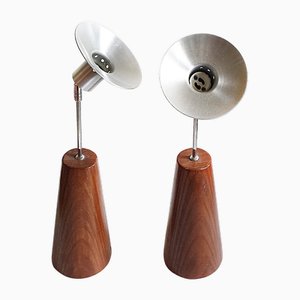
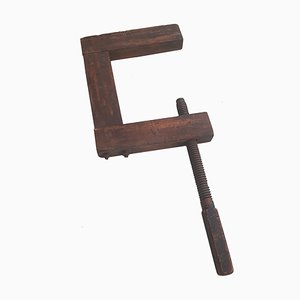
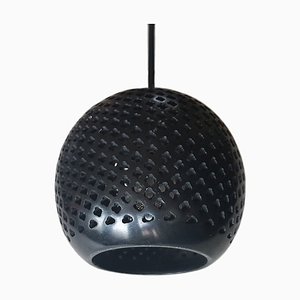

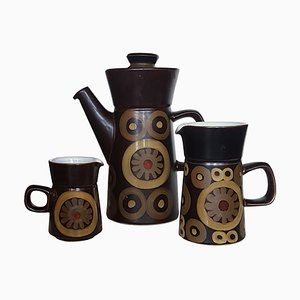
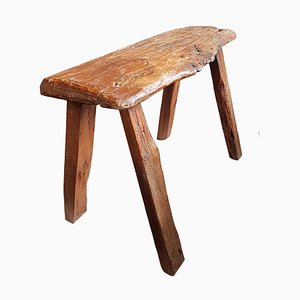
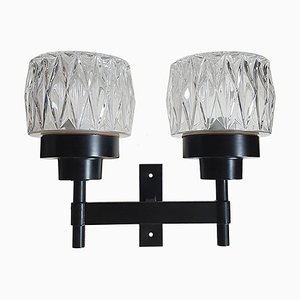

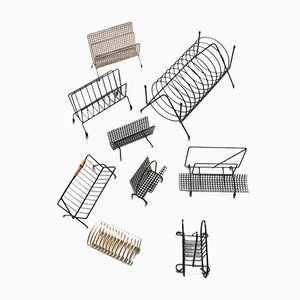
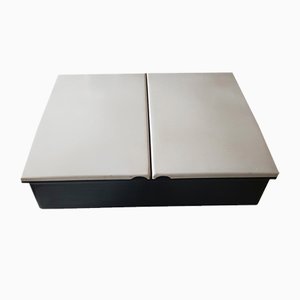

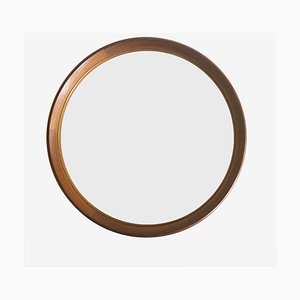
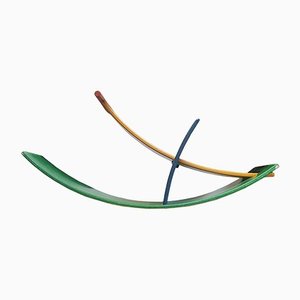
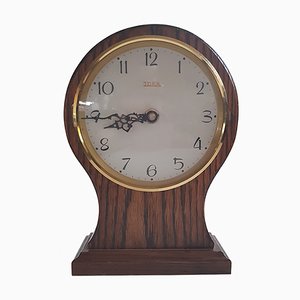
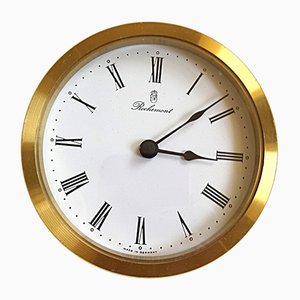
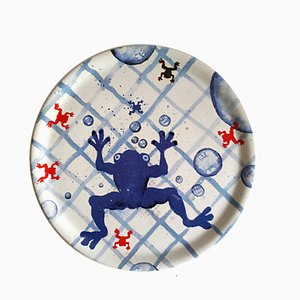
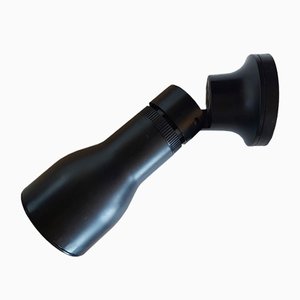
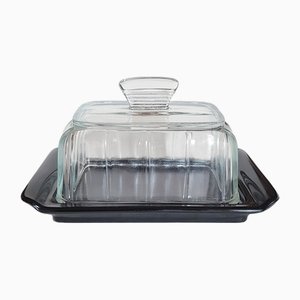
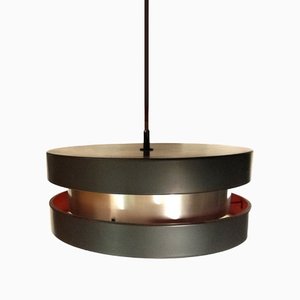

Get in Touch
Make An Offer
We noticed you are new to Pamono!
Please accept the Terms & Conditions and Privacy Policy
Get in Touch
Make An Offer
Almost There!
To follow your conversation on the platform, please complete the registration. To proceed with your offer on the platform, please complete the registration.Successful
Thanks for your inquiry, someone from our team will be in touch shortly
If you are a Design Professional, please apply here to get the benefits of the Pamono Trade Program